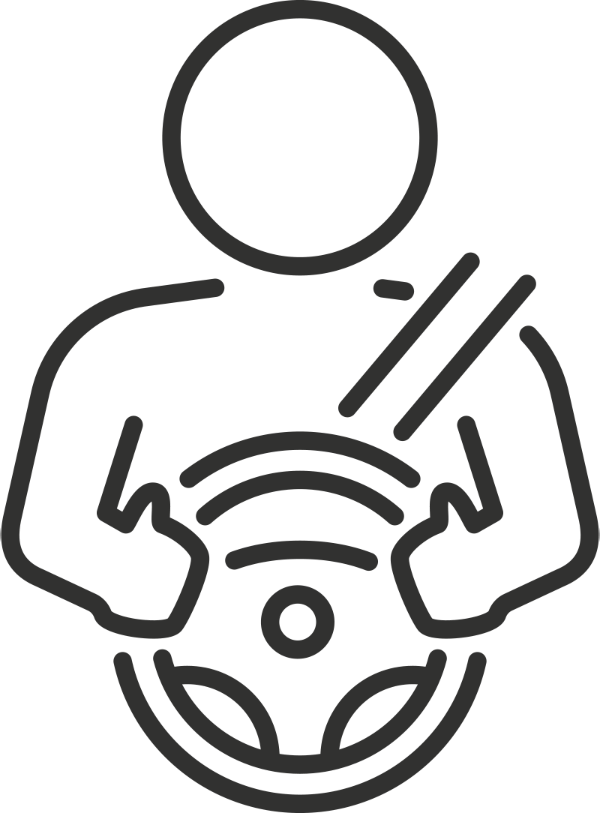A journey from low back pain to recovery.
A BACK PAIN CASE STUDY : PUBLISHED 13/08/2024
Mr H, a 45-year-old male, made an appointment and came to the clinic with lower back pain that had started a month prior, and while he had been getting some therapy, it wasn’t improving. He usually enjoyed his work and, up until his injury, had been doing boxing training for a year. Suddenly, when he injured his lower back, it all had to stop. He was keen to get back to work but was frustrated because he could no longer do his job for long before his back and the pain spreading to his buttocks became increasingly sore. Not only that, but he could feel his fitness slipping away now that boxing was making his back worse.
Mr H had consulted with his medical doctor, who had ordered an MRI, which revealed that his lowest spinal disk was injured and there was a bulge that was pressing on his nerves, causing radiation into both hips.
He was frustrated, suspecting that allowing it to continue could worsen it. Deep down, he knew he needed to seek a different opinion and course of action. He was suffering at work and was advised not to attend boxing lessons. He was understandably worried about his future.
I saw that Mr H was keen to return to driving work and boxing. It can be frustrating when you have pain affecting parts of your body, and you don’t seem to be progressing. It’s like you have a blockage, putting your life on hold. It would be challenging to break things down into small actions that would get the ball rolling for him, but he could build on these to generate better movements and less pain.
With a 30-year career in helping patients overcome muscle, joint, and spinal pain, I approach each new patient with an open mind, endeavouring to discover what the issue is, which steps to take, and which to avoid to improve their condition.
Here’s how we went about getting Mr H back to work and boxing.
Assess, Test, Plan, Treat, Monitor
When I agreed to help Mr H, I asked that he provide honest feedback on the effects of treatment and exercise after each session. This would let me know what had and hadn’t worked. This information helps me, as the therapist, to decide which aspects of therapy to continue, adjust, or stop. This leads to a refinement process and moves things towards Mr H’s goals.
Getting the ball rolling…
In Mr H’s case, he booked an appointment online. If he was unsure or had questions that needed clarification, he could schedule a call. Sometimes, people are unsure whether osteopathy can help them, so we offer the opportunity to book a no-obligation 10-minute chat to answer any questions.
Here is a link:
Mr H’s injury is serious. The journey and transformation have taken over four months. He was highly motivated to get better, and it is so gratifying to see how he took advice, implemented, and monitored the changes that needed to happen.




